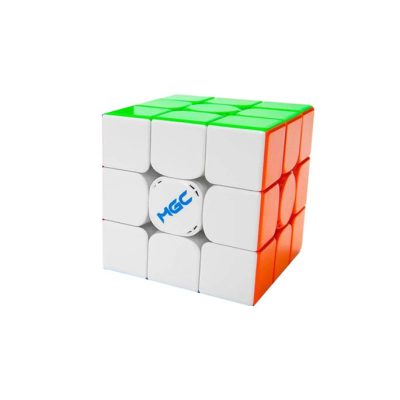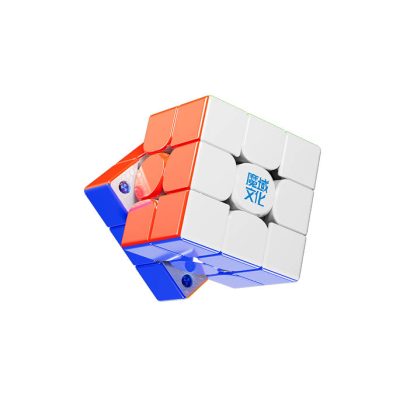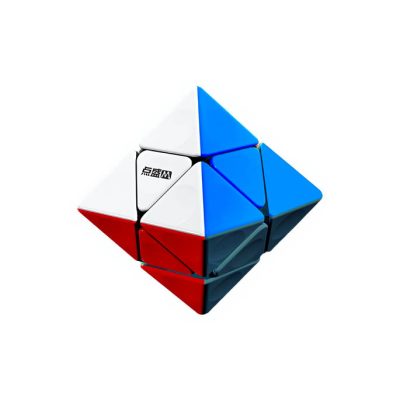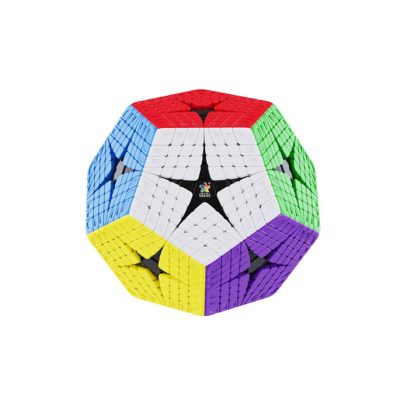-
 Dave Vinke
Dave Vinke
- Leestijd: 5 min
- Laatst geüpdatet: 27/08/2025
Smart model building solutions are practical methods, tools and techniques that make your model building projects simpler, faster and more accurate. These solutions include both physical aids such as specialized tools and organizational equipment, as well as smart working methods that experienced model builders use. By applying the right combination of tools and techniques, you prevent frustrations and achieve better results with every project.
What are the most important tools for smart model building?
The most important tools for smart model building are a cutting mat, precision knives, sorting trays, tweezers and a good magnifying glass or loupe. These basic tools make the difference between a frustrating and an enjoyable model building experience. They ensure that you can work precisely and keep your materials organized.
A quality cutting mat protects your work surface and ensures clean, straight cuts. Choose a mat with grid lines that help you with measuring. Precision knives with replaceable blades are essential for neatly finishing parts. Invest in different sizes for different tasks.
Sorting trays with different compartments keep small parts separated and prevent you from losing time searching. Tweezers with fine points make it possible to handle small parts without damage. A magnifying glass or loupe helps with detail work and prevents eye fatigue during long building sessions.
Other useful tools include a rotating work mat for access from all angles, good lighting with multiple light sources, and storage boxes that you can stack. These tools work together to keep your workspace efficient and organized.
How do you organize your model building workspace for maximum efficiency?
An efficient model building workspace has good lighting, sufficient workspace and a logical layout where frequently used tools are within reach. Place your workspace near a window for natural light and add a desk lamp for detail work. Organize your tools in fixed zones so you can find everything blindly.
Start by creating different zones in your workspace. Make a cutting zone with your mat and knives, a painting zone with brushes and paint, and an assembly zone with glue and tweezers. This separation prevents materials from mixing and saves time when switching between tasks.
Ensure sufficient storage space within arm’s reach. Use drawers for tools, wall panels for hanging tools, and transparent containers for small parts. Label everything clearly so you can quickly find what you need.
Ventilation is important when working with glue and paint. Ensure good air circulation and consider a small fan. Keep your workspace clean by regularly tidying up and throwing away waste immediately. A clean workspace prevents damage to parts and increases your concentration.
Which techniques make model building faster and more accurate?
The most important techniques for faster and more accurate model building are thorough preparation, working in logical order and using templates for repetitive tasks. Always read the instructions completely before you start and sort all parts by step. This preparation saves a lot of time later and prevents mistakes.
Work systematically from inside to outside and from bottom to top. Start with parts that will be difficult to reach later, such as cockpit details or engine compartments. Paint parts before you glue them if possible. This gives a much neater end result than touching up afterwards.
Use templates for repetitive tasks such as drilling holes or cutting identical shapes. Make these templates from sturdy cardboard or thin wood. For paintwork you can use masking tape to get sharp lines. Apply multiple thin layers instead of one thick layer.
Test new techniques first on practice material before applying them to your model. Take photos of complex steps before you dismantle parts for paintwork. Work with good lighting and take regular breaks to prevent eye fatigue, which can lead to mistakes.
How do you prevent the most common model building mistakes?
The most common model building mistakes are haste, insufficient preparation and not testing new materials. Prevent these by always taking your time calmly, reading instructions carefully and testing new glue or paint first on an invisible part. Haste leads to damage, crooked mounted parts and disappointing results.
Always test the fit before applying glue. Many parts have small irregularities that you must sand away first. Use too little glue instead of too much – you can always add more, but removing excess glue is difficult and can leave marks.
Store parts that have been removed from the sprue in labeled bags until you need them. This prevents loss and damage. Always sand away sprue points with fine sandpaper for a professional result. Check that parts are completely dry before continuing with the next step.
Take photos of complex assemblies before taking them apart for paintwork. Use the right glue for the right material – plastic glue for plastic, wood glue for wood. Never force parts that don’t fit; find out why they don’t fit and solve the problem by sanding or adjusting.
Where do you find the best model building products and materials?
The best model building products can be found at specialized webshops that focus on hobby and puzzles. These shops have extensive knowledge of products and can advise you on the right choice for your project. They often offer a wider range than general stores and usually have better prices due to their specialization.
With us you will find an extensive range of model building products from well-known brands. We only select quality products that we would use ourselves. Our team has extensive knowledge of model building and can help you choose the right materials for your project.
When choosing a supplier, pay attention to factors such as product knowledge, customer service and delivery speed. We offer model building products with same-day shipping when ordered before 23:30. In addition, you benefit from automatic discounts on multiple items, as explained on our discount page.
Quality is important with model building materials. Cheap alternatives can ruin your project through poor fit, weak adhesive strength or uneven paint results. Invest in good basic tools and materials – these last for years and improve your results significantly. A reliable supplier guarantees quality and offers good warranty conditions.
Frequently Asked Questions
How long does it take to set up a complete model building workspace?
Setting up a complete model building workspace usually takes 1-2 days, depending on the available space and your budget. Start with the essential tools (cutting mat, knives, lighting) and gradually build up your workspace. You can start model building immediately once you have the basic tools, and refine the organization further as you gain more experience.
What are the costs for a complete set of model building basic tools?
A complete set of model building basic tools costs between €75-150, depending on the quality and brands you choose. This includes a good cutting mat, precision knives, tweezers, sorting trays, magnifying glass and basic lighting. First invest in quality tools for the tasks you perform most, and gradually expand your collection.
Can I do model building without a special workspace?
Yes, you can do model building at an ordinary table, but a few adjustments make it much more pleasant. Use a portable cutting mat, ensure good lighting with a desk lamp, and use a storage box for your tools. A folding work surface or tray helps to quickly tidy up your things and protects the table top.
How do I store model building projects that are not yet finished?
Store unfinished projects in a closed box or display case to prevent dust and damage. Place loose parts in labeled bags and take photos of the current state. Note where you left off and which steps are still to come. For larger models you can use a transparent plastic storage box that you can stack.
What should I do if parts don't fit properly during assembly?
Never force parts - this always leads to damage. First check if you are trying to mount the parts in the right way according to the instructions. Carefully sand away excess material with fine sandpaper, or use a file for stubborn cases. Test the fit regularly during sanding to avoid removing too much.
How do I maintain my model building tools for long-term use?
Keep your tools clean and dry after each use. Replace blades of precision knives regularly for optimal performance - blunt blades cause tearing cuts. Lightly oil moving parts of tweezers and scissors with sewing machine oil. Store everything in a dry place and check periodically for rust or wear.
Which common mistakes can ruin an entire project?
The biggest project destroyers are using too much glue (creates visible stains), not testing paint on an invisible part (wrong color or reaction), and forcing parts that don't fit (breakage or permanent damage). Additionally, haste can lead to incorrectly mounting parts that can no longer be corrected later without damaging the model.
Table of contents
Much viewed
More blogs
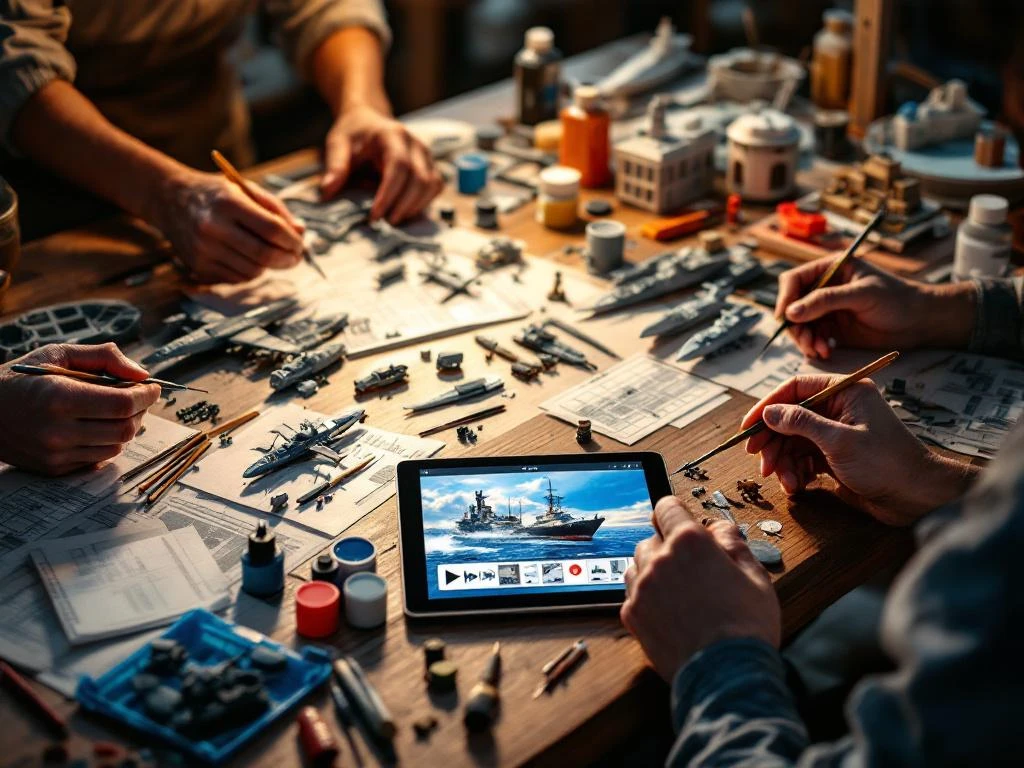
Which video tutorials are essential for model building?
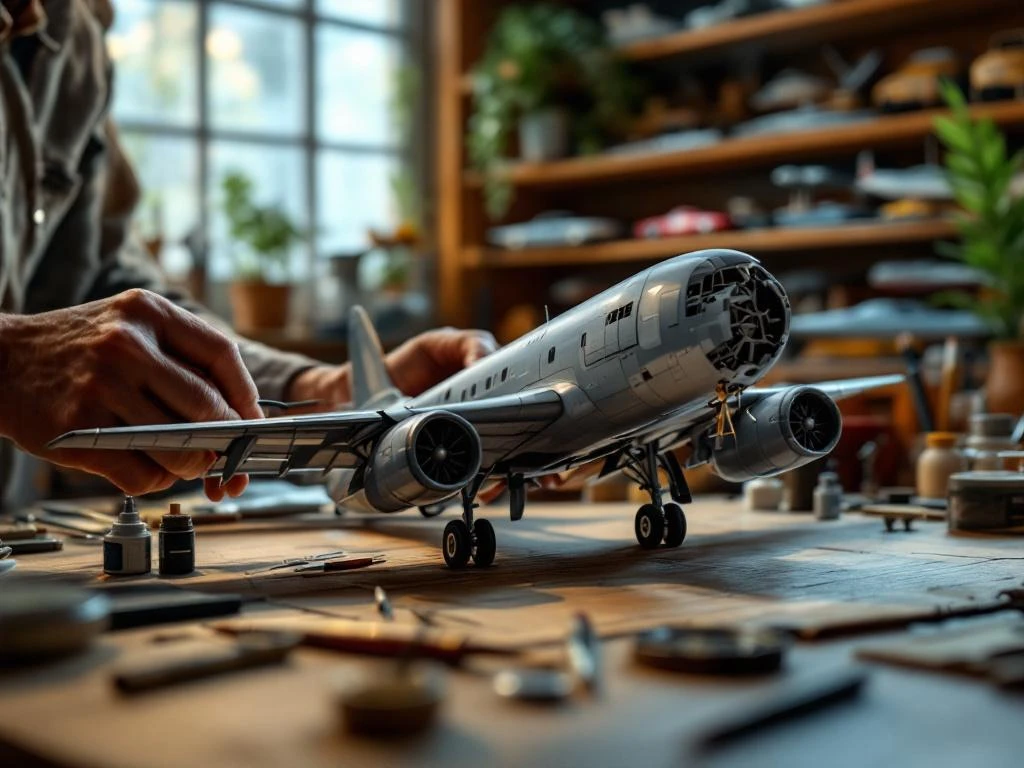
How do you share model building knowledge with others?
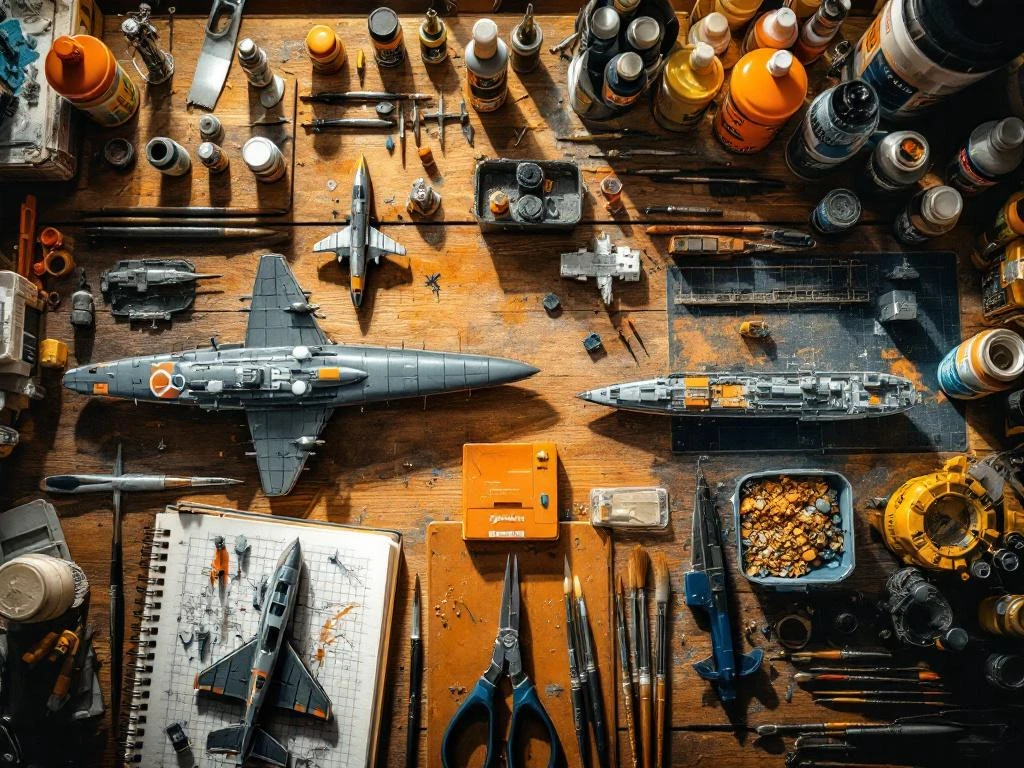
Which model building communities are active in the Netherlands?

